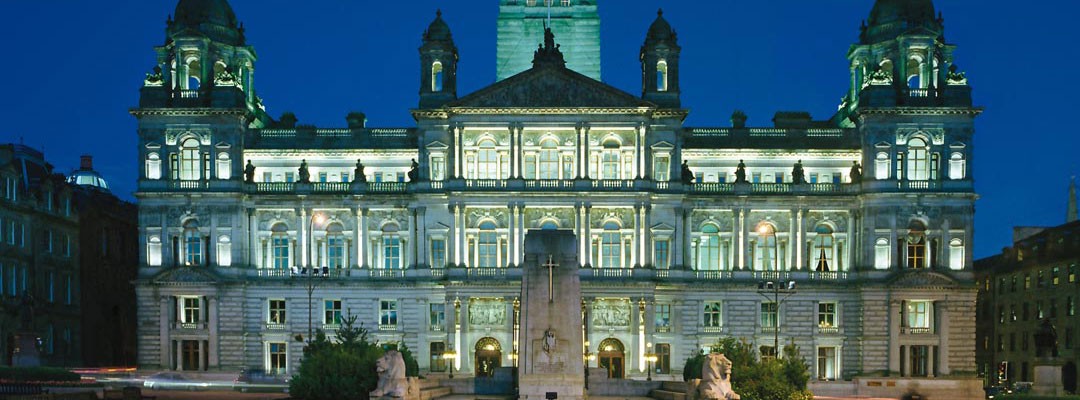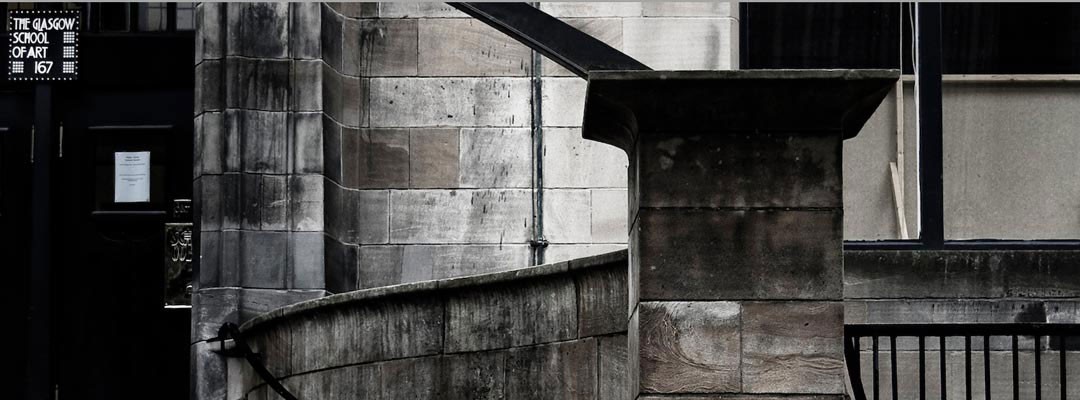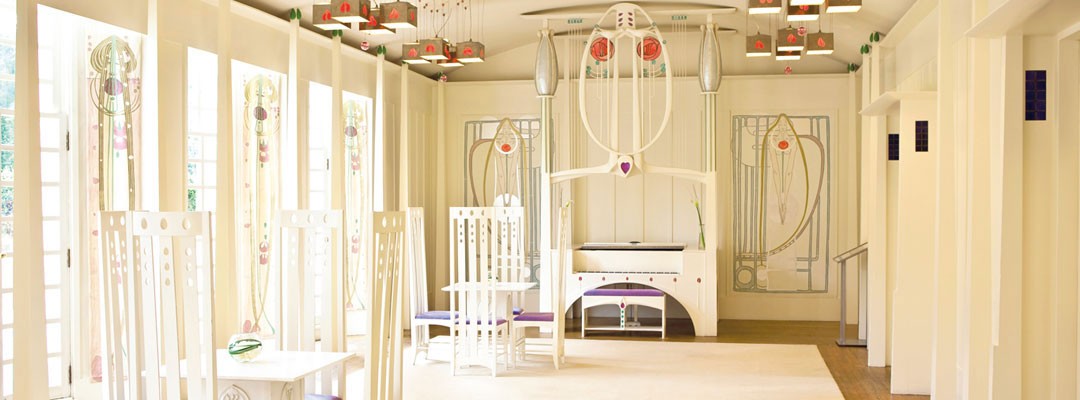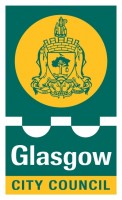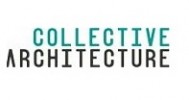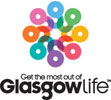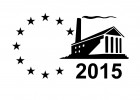What Is Glasgow Doors Open Days?
Glasgow Doors Open Days is a free festival that takes place once a year. During this time, many buildings across the city welcome visitors who want to learn about Glasgow’s history, design, and culture. People can enter museums, churches, schools, offices, and even private landmarks that are not usually open to the public.
The main goal of the festival is to help everyone see that learning does not only happen in classrooms. The city itself is full of lessons. Walking into an old library or a modern art space teaches more than reading a page from a book. Each building tells a real story about people, ideas, and time.
Students often use the event to collect information for essays, reports, and creative projects. A visit to a historical site accompanied by a professional academic writer from AssignmentGeek can inspire new questions for a research paper. An architecture student might study how light enters a century-old hall, while a sociology student might write about how public spaces connect communities. Teachers also join, using the festival to plan group activities or field trips that make learning active and fun.
Visitors from abroad find the festival easy to join. No special ticket is needed, and each site welcomes guests with simple directions and friendly volunteers. Information signs and guides explain the background of each building in clear English. Everyone, from local families to international students, can understand and take part.
By opening doors across the city, the festival builds a bridge between education and daily life. It shows how architecture, art, and history belong to everyone. Each visit becomes a lesson, and each person leaves with new ideas about how cities grow and how people learn from the world around them.
Why It Matters for Students and Educators
Many students spend long hours learning from screens and books. Glasgow Doors Open Days gives them a different kind of lesson. By walking into real buildings, they see how ideas become shape, color, and space. Learning this way connects knowledge to real life and makes study topics easier to remember.
For teachers, the festival is a ready-made classroom. Each site can support a lesson plan about art, science, or social studies. A history teacher might guide a class through an old factory to show how local work changed over time. An art teacher might ask students to sketch details from a church or museum. Every subject can find a match somewhere in the city.
Homework and assignments become more meaningful when they start with a real experience. Instead of copying facts, students write from observation. A student who visits the Kelvingrove Art Gallery may later describe how light changes the look of paintings. Another might write a report about how Glasgow’s bridges helped the city grow. These are real examples that connect study with the world outside school walls.
Educators say this festival supports curiosity and creativity. It helps students see learning as something active, not passive. The streets and buildings become open books. By exploring them, students gain skills in research, writing, and critical thinking without feeling pressure or stress.
Glasgow Doors Open Days reminds everyone that learning happens everywhere. Every open door is a chance to ask questions, find patterns, and link what is seen with what is known. For both students and teachers, this event turns the city into a living classroom full of discovery and imagination.
How Students Can Take Part
Students from schools, colleges, and universities can join the festival in many ways. Most buildings do not need registration, and visitors can walk in during opening hours. A simple map on the website shows which places are open each day. This freedom lets students choose sites that match their subjects or personal interests.
Architecture and design students often bring sketchbooks or cameras. They study how light, shape, and texture work together in real spaces. History students collect facts about how a building has changed through time. Geography students observe how public areas connect with transport and green spaces. Each visit gives material for essays, reports, or creative projects.
Many universities and colleges in Glasgow encourage students to use the event for fieldwork. Visiting local sites helps build observation and writing skills. Students can compare notes with classmates, record interviews with volunteers, and use photos as visual evidence in assignments. This process teaches research through experience instead of only reading about it.
International students find the festival helpful for learning about Scottish culture and language in a natural way. Talking to guides and local visitors builds confidence in speaking English. It also offers insight into how the city’s architecture reflects social history and identity, which can inspire research topics or art projects.
Volunteering is another way to take part. Many students join as event helpers or tour assistants. This experience builds teamwork and public speaking skills. It also lets them see how large community events are managed. Volunteering counts as valuable experience for portfolios and future job applications while helping others learn about the city.
By taking part in any of these ways, students turn the festival into an active form of learning. They collect stories, meet people, and build connections between study and real life. The more they explore, the more they understand how knowledge grows through curiosity and contact with the world around them.
Part of Doors Open Days®
Doors Open Days® occur across Scotland and are coordinated nationally by the Scottish Civic Trust running every September as part of European Heritage Days.
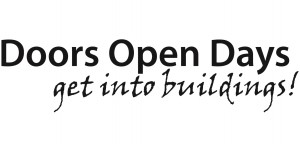
Glasgow Building Preservation Trust
Glasgow Doors Open Day is coordinated by Glasgow Building Preservation Trust and funded by Glasgow City Council along with other sponsors. If you would like to help enable Doors Open Day to take place why not donate or become a member.

Latest Tweets & Announcements:
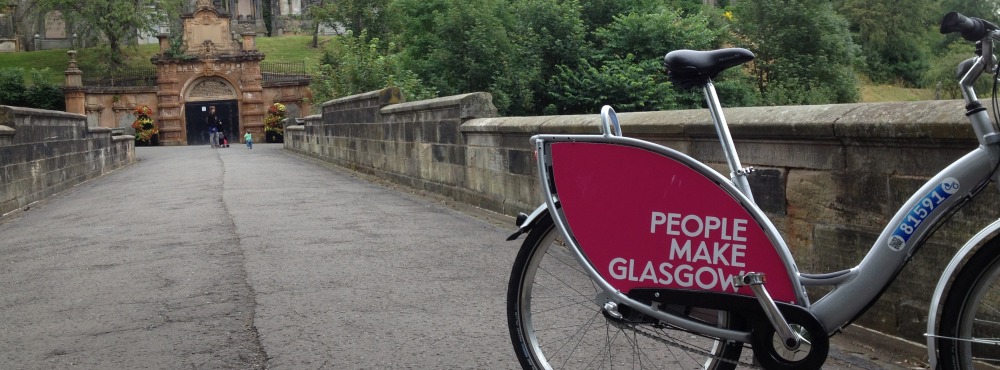
We know its hard planning your trip to Doors Open Day. You need to make sure you can fit in all the different buildings and events at certain times, plan how to get there and schedule in some breaks. So we've provided some helpful links for you.
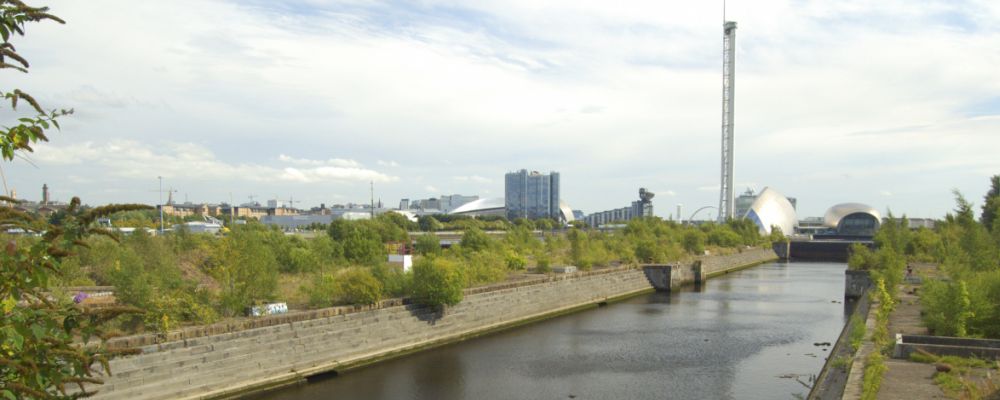
This year we are aligning with the European Year of Industrial and Technical Heritage 2025! Find out all about the Industrial Heritage of Glasgow through series of events.
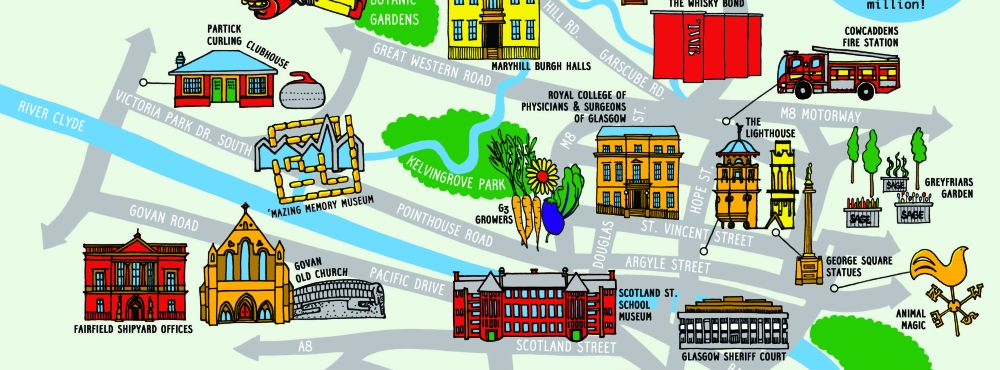
With the support of HLF, Glasgowlife and other sponsors we have been able to organise a dedicated children's programme for Glasgow Doors Open Day this year!

